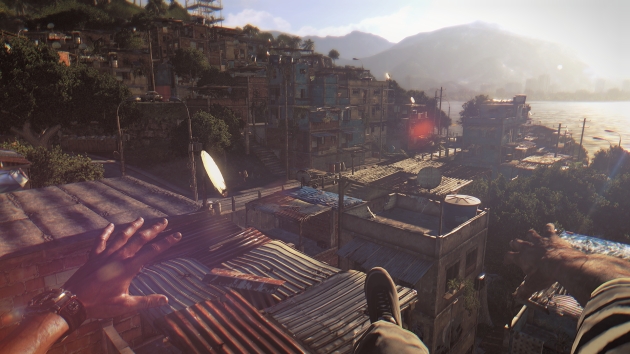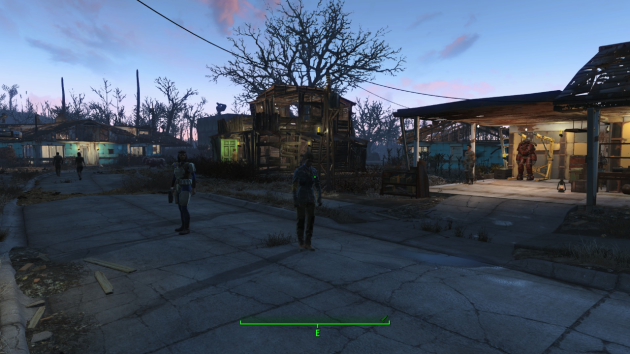If you’re a student studying games, statistically, you started your course envisioning a career in AAA game development. If you’re a semester or two in, hopefully by now you’ve realised that’s not necessarily where you’re headed. But you might not really fully understand the other options available to you. This post is for you. I wrote this initially as a huge post in the “beyond school” Slack channels for my final project teams, but I figured it might be useful or interesting to others, so here it is. This is all “as I see it”, and of course, I might be entirely wrong!
I talk to my students a lot about how AAA is one thing, and indie is another, and how AAA is largely not great, in terms of opportunities and conditions, and how indie is less stable/reliable/etc. but at least allows you more control over your own destiny.

The problem is that simply talking about AAA and indie excludes a vast, VAST range of ground in-between. And I’ll admit I’ve struggled to really make it clear for them what that ground is. Rather than simply distinguishing between AAA and indie, I think it’s more useful to talk about industry and indie. Industry is working on something to make money, generally for the company rather than yourself, because you’re an employee. Indie is working with a small team on things you’re passionate about, but still hope will sell well enough to make a living, at least eventually.
This broader ground of “industry” is where most game dev companies live right now.
The music industry is a great analogy for this.
There’s the recurring megastars, they’re AAA. Assassin’s Creed and Halo are like Beyonce, Kanye, whoever else. High production values, high concept, big names, big money. They put out a new hit game/album every year or two, and you know it will be good, even if it’s more of the same.
There’s the flavour-of-the-month popstars, what (because I’m a horrible pop music snob) I like to call “extruded musical product” like One Direction, they’re Candy Crush, Clash of Clans, whatever else is on top of the App Store list of Top Grossing games. They make fat bank, but usually not for the actual performers or the people doing the grunt work, just the people with a financial investment, management. And they’re gone in an eye-blink to make way for the next batch.
On the other end, there’s groups of people in garages or bedrooms laden with instruments and equipment and whatnot, forming a band or starting an indie studio. They might just stay in the garage, they might play a few shows, maybe put out an EP. Maybe they hit it big, who knows? But most garage bands never do, of course. More likely they collapse, and everybody goes out and gets a real job. But maybe they stick around, work out what works for them, change members, put out a string of well-received but not mega-selling albums and tour occasionally.
And there’s the art kids, the people making weird stuff for them or their friends or a niche community that’s never, ever going to be commercially viable, and they subsist on arts grants and patrons, selling the occasional album or track online to their community for peanuts, and working part-time jobs trying to eat and pay rent while they make their thing. That’s what, right now, is being called “altgames”, but that same thing kind of used to be called “indie games”, funnily enough.
Here’s the thing: the vast, VAST majority of professional musicians actually live in that middle space, between the big hit artists and the small-timers. They work, essentially, in an industrial manner. They make music for ads, or TV shows, or play regular gigs at local venues, tour smaller festivals, work as backing musicians, and so on. Maybe they teach in music/game courses. And maybe they also try to do their own personal projects on the side, or work their personality into their commercial output. That’s where the actual jobs are in video games right now. That’s the space where most of those not-AAA but not-quite-indie game developers live.
Here’s the other thing: any or all of these paths is a perfectly valid way to be involved with music, and the same is true of video games. What you need to decide, before you leave school, is where you want to go.
If you haven’t already, start thinking about that now.
And start talking about it now, with your teachers, with your fellow students, and with those in the cohorts below you, and with friends, and with, honestly, anybody else with any interest in games, your career, or the games industry. This is something we need to talk about more.








